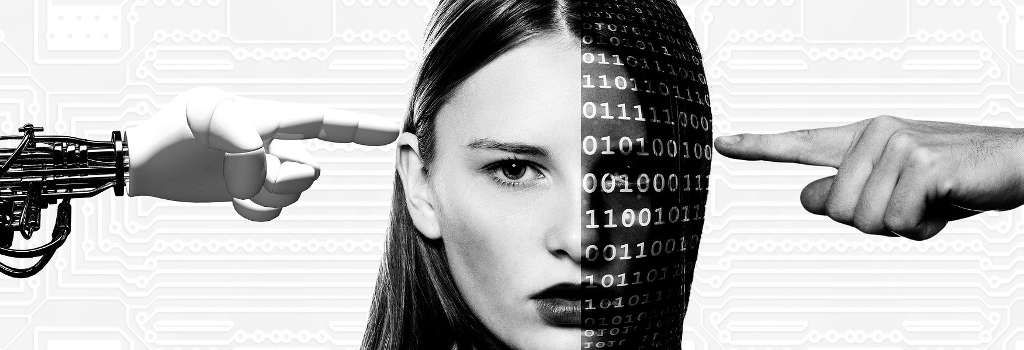
Research by Deloitte shows almost half of U.S. business executives expect AI to be critical for their operations by the end of 2020. The latest Gartner Hype Cycle shows us that adoption of most technologies associated with AI – such as chatbots, virtual assistants and smart robotics – will become mainstream within the next five to ten years. Artificial Intelligence (AI) is big business.
As AI is becoming widely adopted across industries from service to manufacturing, it’s the job of PR and content creation teams working for these organizations to beat the drum for AI – where its positive effects have tangible benefits for customers, sales and productivity. But what if AI is coming for their copywriting jobs?
AI can write – but not everything
A large number of AI technologies already focus on language and text, so it’s not surprising that as Natural Language Processing, Machine Learning and Deep Learning approaches mature, so will their ability to churn out copy.
The Professional Golfers Association has recently claimed it auto-generates over 900 golf stories every week using Natural Language generation – meaning it produces a plain-English story from a structured data set that containing numbers such as statistics. In other news, computing software company SAP has begun working on an AI tool to auto-generate expense reports.
Readers looking for quick roundups of player statistics, sport events or financial reports might not care if the information they are consuming was drafted by a software or a human as long as it’s accurate. For these situations, AI can be a useful tool to take on workloads from busy editorial teams. As for other types of content – it’s a bit more complicated.
The creativity conundrum
Copywriters know that emotions play a strong part in creating compelling content. Readers will spend approximately two seconds on a headline and introductory sentence before they decide whether to read on – but they also constantly negotiate the value of reading on as they progress.
Context, emotion, creativity – all these are attributes of good copy and produce a real challenge for AI. There is academic debate on whether AI could be made creative by teaching it more about human culture and context, but as a recent article on the subject puts it, “creative work is much more often about asking questions than it is about answering them.”
This is key. Content marketing and PR professionals need to ask questions all the time. Asking the right questions can make all the difference when it comes to improving the buyer’s journey, constructing case studies and turning customers into advocates. Even corporations as large as Saatchi & Saatchi and Alibaba explore AI-driven copywriting, they are quick to emphasise “human creativity” as the key to success.
Augmenting skills and workloads
Yes, AI can help us do our jobs better and it already does in some ways. Email marketing campaigns have shown great results when given an AI boost – in one instance fast food chain Dominos increased email open rates by 57% using AI-generated email subject lines.
Kathryn Webb, AI practice lead at AKQA believes this is something PR and marketing teams should embrace. In an Adweek article she suggests copywriters view AI as a “member of the creative team” that can “provide a diverse viewpoint and maybe even take on some of the more humdrum work that’s not exactly exciting or challenging.”
There is no escaping that AI will do some things better than us humans going forward. But creating copy that delivers subject knowledge, client messaging and resonates with audiences is not an everyday job, and it’s definitely not a mundane job – especially in B2B communications. Content creation and PR professionals should welcome AI and science to augment our skills and workloads to help focus on things we’re best at – creative, contextually aware and compelling storytelling.
And did I forget to say? AI-driven copywriting software wrote this blog.
Just kidding.
Reka Agopcsa is a PR Account Manager at IBA International.

Leave a comment